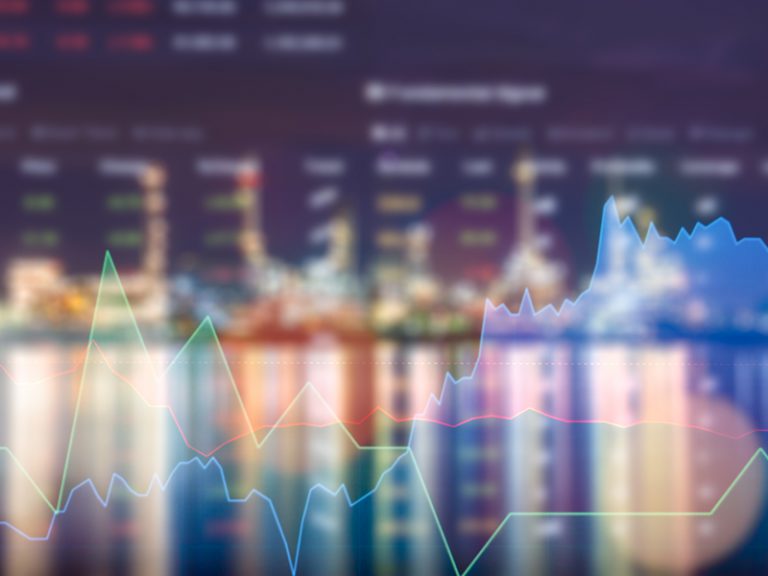
Since 2008, the Alternative Investments Conference has served as a forum for private equity, hedge fund, venture capital and other alternative asset professionals to network, share ideas and stay abreast of industry trends.

Trendy Business Cycles and Asset Prices
The data-generating process of productivity growth includes both trend and business-cycle shocks, generating many counterfactuals for prices under full-information. In practice, agents cannot immediately distinguish between the two shocks, leading to "rational confusion": each shock inherits properties of its counterpart.
We study the relation between trade credit, asset prices, and production-network linkages. Empirically, firms extending more trade credit earn 7.6% p.a. lower risk premiums and maintain longer relationships with customers.

Please join us for the 13th Annual Alternative Investments Conference on May 12, 2022 hosted by the Institute for Private Capital. Since 2008, the Alternative Investments Conference has served as a forum for private equity, hedge fund, venture capital and other alternative asset professionals to network, share ideas and stay abreast of industry trends.

The Utilization Premium
We study the interaction of flexible capital utilization and depreciation for expected returns and investment of firms. Empirically, an investment strategy that buys (sells) equities with low (high) utilization rates earns 5% p.a.

In recent years, institutional investors have progressively depended on higher returns from private markets. As a result, there's been an increase in competition for quality investment. In a recent Economist special report on the topic, Institute for Private Capital Research Director Greg Brown and his co-authors' study on private asset returns is featured.

Bursting Bubbles? Asset Prices + What’s Next
With consumer prices rising for a third straight month in June, consumer demand continuing to outstrip supply and stock valuations well above long-term averages, our experts explore whether the so-called “everything bubble” of asset prices could be set to burst – and examine what’s next for investors and firms.
Cryptocurrency has its critics, but it’s becoming an increasingly mainstream option for retail and institutional investors alike. In this Kenan Insight, we share some thoughts from former Co-president of Morgan Stanley Zoe Cruz and Rethinc. Labs Faculty Director Eric Ghysels on whether crypto has reached a tipping point for adoption by individual investors.

This paper presents an innovative approach to extract Volatility Factors which predict the VIX, the S&P500 Realized Volatility (RV) and the Variance Risk Premium (VRP). The approach is innovative along two different dimensions, namely: (1) we extract Volatility Factors from panels of filtered volatilities — in particular large panels of univariate ARCH-type models and propose methods to estimate common Volatility Factors in the presence of estimation error and (2) we price equity volatility risk using factors which go beyond the equity class namely Volatility Factors extracted from panels of volatilities of short-run funding spreads.

We comment on the Securities and Exchange Commission’s proposed Reporting Threshold for Institutional Investment Managers (“Proposal”). We estimate the cost savings from the Proposal are economically small, and amount to 0.004% (0.008%) of assets under management for the average (median) affected filer, and 0.02% of assets for the smallest filer. This small cost savings needs to be weighed against the potentially large costs to investors and others created by eliminating a public disclosure that they heavily use.

Asset Insulators
We construct a new data set tracking the daily value of life insurers’ assets at the security level. Outside of the 2008–2009 crisis, a $1 drop in the market value of assets reduces an insurer’s market equity by $0.10. During the financial crisis, this pass-through rises to $1.

Monthly Art Market Returns
We provide an innovative methodological contribution to the measurement of returns on infrequently traded assets using a novel approach to repeat-sales regression estimation. The model for price indices we propose allows for correlation with other markets, typically with higher liquidity and high frequency trading. Using the new econometric approach, we propose a monthly art market index, as well as sub-indices for impressionist, modern, post-war, and contemporary paintings based on repeated sales at a monthly frequency. The correlations enable us to update the art index via observed transactions in other markets that have a link with the art market.

